Concert Review: Messiah/ Australian Brandenburg Orchestra
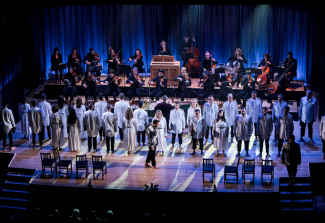
Messiah – GF Handel
The Australian Brandenburg Orchestra, Brandenburg Choir and soloists
City Recital Hall, Sydney
February 22, 2017
It is a delicious coincidence that the debut performance of Handel’s Messiah by the Australian Brandenburg Orchestra was held on the eve of Handel’s birthday. Handel set Messiah to words taken by Charles Jennens from the scriptures. Handel composed Messiah with all parts written out, in a matter of weeks, between August 22 and September 14, 1741. It premiered in Dublin on April 13, 1742.
It was a hit from the start. The Dublin Journal judged its premiere “The most finished piece of Musick”; its rehearsal on April 10 was described by listeners as “the finest composition of Musick that ever was heard.” With this legacy, Messiah is perhaps one of classical music’s best-known and oft-heard works. Audiences themselves know it well from singing it in choirs, often as a community event at the close of the year. Artistic Directors who programme it are challenged to find fresh readings. The ABO’s programming was a welcome return to hearing Messiah performed by small forces, early in the year, in keeping with its original purpose.
For this bold inaugural performance, Paul Dyer, Artistic Director of the ABO exploited the theatrical roots of oratorio to present Messiah as a semi-staged production. He made some quite distinctive musical choices. The use of the excellent 28-voice Brandenburg Choir, meant that despite some heart-racing tempi, the singing was nuanced, highlighting the musical and textual detail that becomes blurred when performed by massed choirs.
Peter Rubie’s spectral lighting design had the City Recital Hall stage transformed, bathed in a soft blue-grey light; the costume concept by Genevieve Graham and Charlotte Mungomery had the choir and soloists barefoot, clad in striking black and white outfits with the occasional flash of red for emphasis; Constantine Costi framed the stage in swathes of black sheers and the singers’ movements which were enhanced with a few minimal props, mirrored the drama – particularly effective in “The People That Walked in Darkness” “He Trusted in God” and “Behold and See.” Both soloists and chorus moved throughout the auditorium and its balconies, creating movement and an added dimension to the soundscape.
It is no surprise that Paul Dyer’s tempi tend to be dashing. The Brandenburg Choir and 24 strong-orchestra led by Concertmaster Shaun Lee-Chen, gave an exciting performance with a rich and beautifully blended sound. The players ably met Dyer’s expectations maintaining clarity and a steady sense of ensemble through the most challenging melismatic passages. The choir was very much a part of the drama, mostly singing from memory in varied formations, moving about the stage, animatedly telling the tale and actively listening to the soloists. Their cohesion was particularly impressive, as both conductor and orchestra were located behind them on stage. Their diction was excellent and their story-telling easy to follow.
The ensemble of international soloists – Spanish soprano Lucía Martín-Cartón whom we heard in Sydney as a member of William Christie’s Le Jardin des Voix in 2015, Greek counter-tenor Nicholas Spanos, Sydney-based American tenor Kyle Biefield and Australian bass David Greco who has performed in Sydney for Pinchgut Opera and Opera Australia – all sang at the lighter end of the vocal spectrum. Their voices suited the repertoire and the acoustic. David Greco gave an impassioned performance and an especially fiery delivery of “Thus saith the Lord.” Lucía Martín-Cartón has a fine, strong voice, clear- toned and free of vibrato; Nicholas Spanos has an attractive upper register and added appealing ornamentation; Kyle Bielfield gave an awe-inspired rendition of “Behold and see”, the highlight of his role.
There is no single definitive version of Messiah. Handel altered, added and removed numbers for various performances. To realise his concept, Dyer reconfigured some of the instrumentation and the content. He re-allocated the three parts into four segments with fresh titles, each segment paired in the programme with a work of art; several of the choruses and arias were omitted including some favourites like “His yoke is easy”, the antiphonal “Lift up your heads” and the aria “Thou art gone up on high.” The editing reduced the performance from one that tips the dial at 3 hours, to a more listener friendly version that lasted a little over 2 hours. The downside of the abridgement is that if the sequence of Messiah is imprinted in your DNA and you enjoy the fuller narrative, you may feel that something is missing.
Dyer’s concept challenges convention and this production of Messiah is sure to polarise, pitting purists against pragmatists. Whichever view you adopt, credit is due for an innovative take on this classic and excellent performances from the orchestra and choir.
Shamistha de Soysa for SoundsLikeSydney©
The Australian Brandenburg Orchestra, the Brandenburg Choir and soloists perform Messiah at the City Recital Hall on selected dates till March 4, 2017.

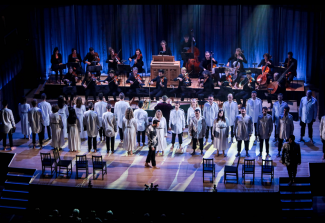

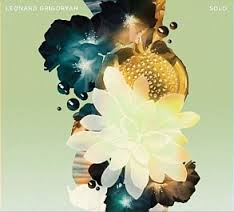

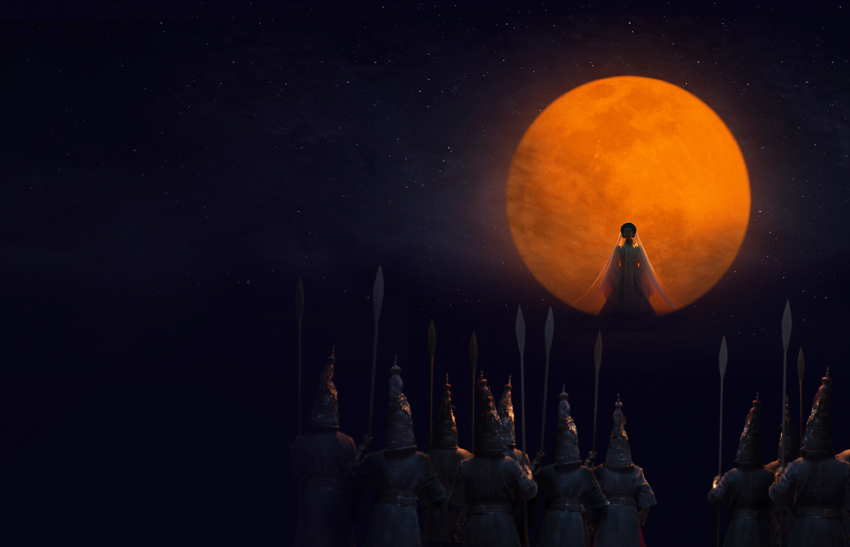
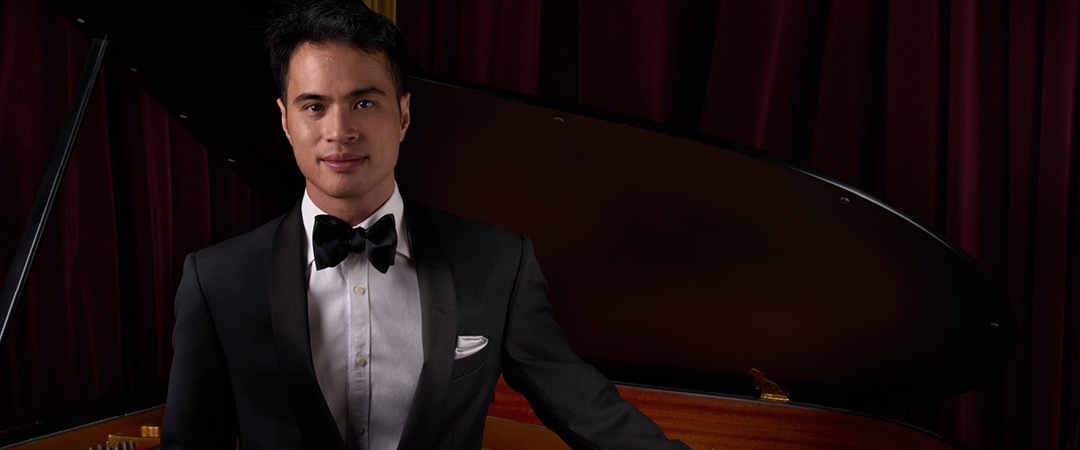

One Comment